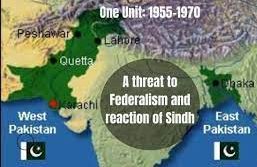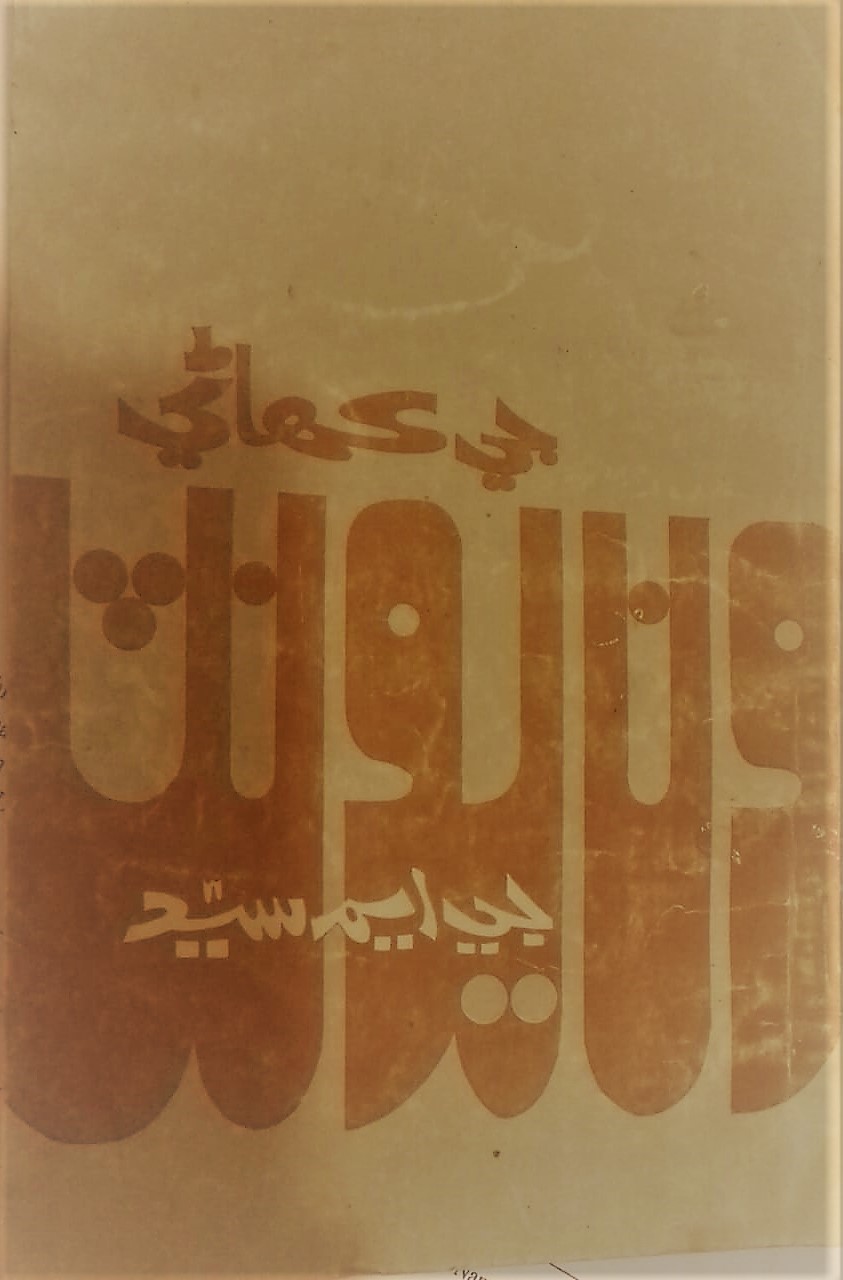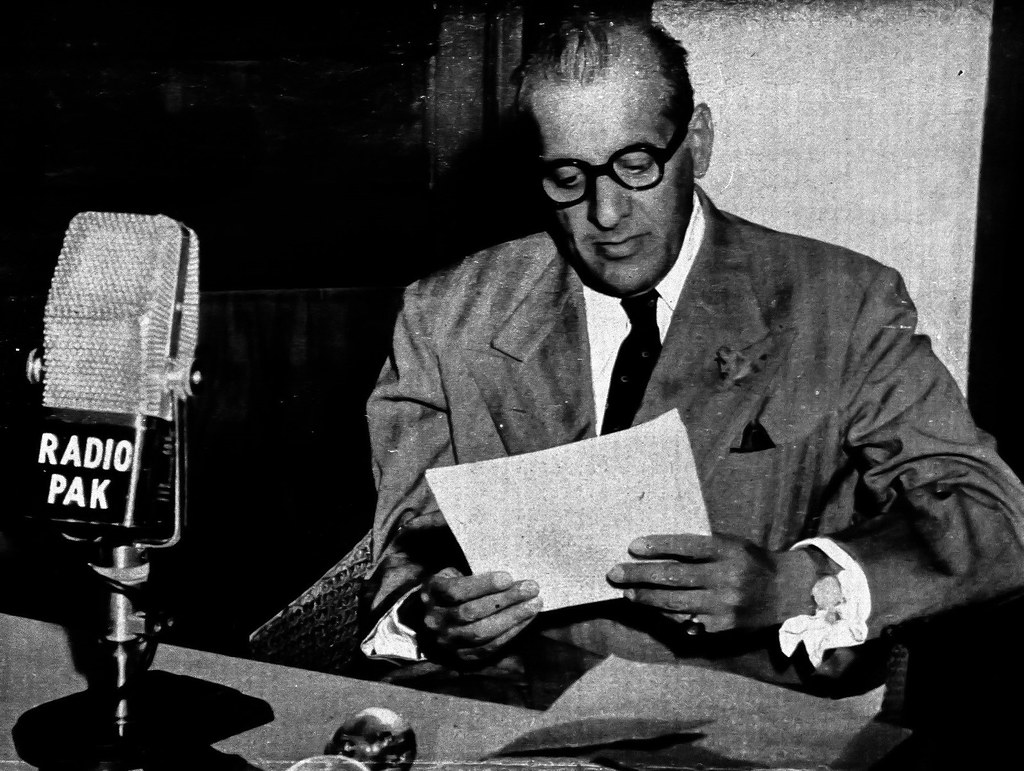
One Unit’s formation was against the United Nation’s Basic Principles and Charter which recognize small nations’ right to self-determination, who have separate homelands, languages, cultures, political and economic interests etc.
Dr. Zaffar Junejo
(Author’s Note: One Unit was dissolved on 1st July, 1970. Sindhi nation along with Bengalis, Balochis, and Pathans fought against it through platforms of cultural associations, literary organizations and political parties. By and large One Unit was opposed across Pakistan however the Anti-One Unit Movement’s epicenter was Sindh. Sindh opposed One Unit because it was considered a tool to alter its demography, grab resources and strategically control wealth of the province. Sindhi nationalists, supported by other political parties forged an association to realize one point agenda – dismantle One Unit. They carried the struggle in all odd and even situations, and bore the cost – jails, punishments, insults, life threats and issuing of ‘certificates’ of disloyalty and treachery but they continued their struggles, and got it undone – Sindh was restored with its full name, and titles.
In 2020, an idea was floated by some Sindh-lovers that Sindh has to celebrate Anti-One Unit Abolition Day as the Golden Jubilee event, just to cherish, and recall the successful struggle of Sindhi peoples. In this regard, the author intends to translate some of the basic and most relevant documents from Sindhi language into English, in sprit of celebration and remembrance. The first in the series is Saeen GM Syed’s article: One Unit Jo Qiyam: Mukhalfan Ja Khadsha and Muwafqan Ja Faidi Mean Dalil (Formation of One Unit: Opponents’ Apprehensions and Supporters’ Arguments in its favor).

The article is taken from the booklet: One Unit Ji Kahani (The Story of One Unit). The book was authored by GM Syed and published by Yar Muhammad Ibin Hayat Panhwar, Secretary Sindh Mutaheda Mahaz, Markazi Office, Al-Khalil Building, Qazi Qayoum Road, Hyderabad. Its printer was Begum Zeenat Channa, ‘Zeenat Printers’ Khokhar Mahlo Hyderabad. Its first edition with 2000 copied came in November, 1969 – Dr. Zaffar Junejo.)
Formation of One Unit –II
Opponents’ Apprehensions and Supporters’ Arguments in its favor
GM Syed
The main features of the constitution of 1956 were:
A) Establishment of One Unit.
B) The population of East Pakistan was more than that of West Pakistan however, both were made equal, and the majority right of the East Pakistan was slashed.
C) The West Pakistan’s Assembly was crowded with the nominees of the deputy collectors. Therefore, they were submissive towards the government.
D) The dissolution of One Unit was conditioned with the resolution of the National Assembly and 2/3 majority votes of the Constituent Assembly. Afterwards, hard steps were taken to protect illegal and non-democratic constitution. Simultaneously, through all printing, publishing means, and other government outlets books, pamphlets and propaganda materials were published to justify the government’s actions. However, at that time, there were some leaders in smaller provinces, who were against One Unit, and vindicated proposers’ ill designs and intensions.

These were the apprehensions:
1) The establishment of One Unit was against the democratic values and norms of the 20th Century, that peoples have supremacy, they have right of self-determination, and none of the outside or foreign power could interfere with their rights.
2) The formation of One Unit was against the spirit of All-India Muslim League’s ‘Lahore Resolution’ passed in the 1940; it was the one which created the basis for the demand for Pakistan. Therefore, formation of One Unit was against its meaning and objective.
3) One Unit’s formation was against Sindh Assembly’s resolution of March, 1943 about Pakistan, and rejected the spirit and expectation of that resolution.
4) One Unit’s formation was against the purpose of British Parliament’s Independence Act, 1947 that was the basis for the creation of Pakistan.
5) One Unit’s formation was against the United Nation’s Basic Principles and Charter; these documents recognize small nations’ right to self-determination, who have separate homelands, languages, cultures, political and economic interests etc.
6) One Unit’s formation in total was against the Sindh’s struggle for Sindh’s separation from Bombay Presidency. In that struggle, all Indian political parties, for instance, Muslim League, Khilafat Committee, and Jamait-e-Ulema Hind participated and supported Sindh’s separation.
7) One Unit’s formation was against Quaid-e-Azam’s ’14-Points’ which he declared in Roundtable Conference of 1930.
8) One Unit’s announcement was a betrayal of All-India Muslim Parties’ Conference, held in 1930 and presided over by Sir Aga Khan.
9) One Unit’s establishment was against Quaid-e-Milat Liaquat Ali Khan’s leadership, and upheld values, and principles that were endorsed in the constituent assembly’s items and serial numbers, 6 and 7. These were points:
- a) The areas that are part of Pakistan or in future areas that decide to be part of Pakistan, all of them collectively form the federation.
- b) In that federation, provinces shall be autonomous, except some volunteered limitations, which they have accepted and assigned to the federation.
10) One Unit’s formation was against thousand years’ history, respect, vigor and freedom of Baloch, Pakhtoon, and Sindhi nations.
11) One Unit’s design was a trick to grab small provinces’ lands, jobs, industry, water, natural resources; in a way it was ‘expansionist idea’, and it was perceived as a conspiracy to secure permanent interest of a big province.
12) One Unit’s establishment was felt as a threat to small provinces’ languages, culture, social, economic interests.
13) The people of small provinces were anxious that through One Unit scheme big province might shift its population and colonize them.
14) Small provinces were afraid that their development priorities shall be sidelined and ignored.
15) The people of small provinces perceived that after the establishment of One Unit, the people in power through greed and coercive measures might create terror, and inculcate compromise, unethical attitude and even poor political norms among Zamindar, traders and well-off class of smaller provinces.
___________________
 Dr. Zaffar Junejo has a Ph.D. in History from the University of Malaya. His areas of interest are post-colonial history, social history and peasants’ history.
Dr. Zaffar Junejo has a Ph.D. in History from the University of Malaya. His areas of interest are post-colonial history, social history and peasants’ history.
Click here for Part-I